FEMALE KINKAJOU FOR SALE
$2,000.00
FEMALE KINKAJOU FOR SALE
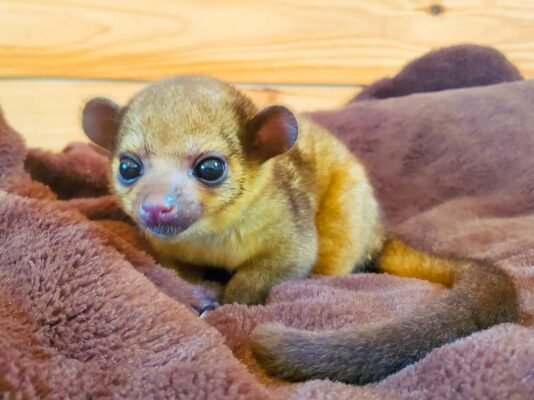
Female kinkajous, also known as honey bears, are fascinating rainforest dwellers with unique adaptations and vital roles within their family groups. Here’s a breakdown of their intriguing characteristics and behavior:
Appearance:
- Smaller than males: Females exhibit a slight size difference compared to males. Their head-and-body length typically ranges from 42 to 57 cm (17 to 22 in), while males can be a bit larger at 47 to 68 cm (18 to 27 in).
- Similar Features: They share many physical characteristics with males, including:
- Short, soft, and dense wooly fur, usually a golden brown color with some variation depending on location.
- Round head with large, forward-facing eyes well-suited for night vision.
- Short snout with a long, extendible tongue (up to 20 cm or 8 inches), perfectly adapted for reaching nectar and insects deep within flowers and crevices.
- Sharp, curved claws for gripping branches and navigating through the rainforest canopy.
- Long, prehensile tail that acts like an extra limb, allowing them to grasp branches and maneuver with exceptional agility.
Social Behavior:
- Family Oriented: buy Female kinkajous live in small family groups consisting of an adult male, one or two females, and their offspring. This social structure provides advantages like cooperative care for the young and better defense against predators.
- Nocturnal Creatures: Primarily active at night, females spend their evenings foraging for food in the rainforest canopy, moving silently and gracefully through the branches.
- Communication: They communicate with each other using a variety of vocalizations, including whistles, clicks, and growls. These sounds help maintain social cohesion within the group and potentially warn each other of danger.
Reproduction:
- Breeding Season: Mating typically occurs during the rainy season, which can vary depending on the specific location.
- Gestation Period: The gestation period lasts for approximately three to four months.
- Single Offspring: Females typically give birth to a single young (called a kit) at a time. They are attentive and dedicated mothers, carrying their kits on their backs and providing them with milk for several months.
- Cooperative Care: Other females in the group may also help care for the young by carrying them or grooming them. This cooperative behavior helps ensure the survival of the offspring in the wild.
Interesting Facts:
- Sweet Tooth: As their nickname suggests, female kinkajous have a strong preference for sweet foods. Their long tongues are perfectly designed for reaching nectar deep within flowers and extracting honey from beehives.
- Skilled Climbers: Their prehensile tails and sharp claws make them exceptional climbers. They can navigate the dense rainforest canopy with agility, zoological, leaping and swinging from branch to branch.
- Vulnerable to Threats: Habitat loss due to deforestation and the illegal pet trade pose significant threats to female kinkajous and the entire buy kinkajou population.
Importance of Female Kinkajous:
Female kinkajous play a crucial role in the survival and well-being of their species. Their contributions include:
- Raising Young: They are the primary caregivers for their offspring, providing them with essential care and nurturing until they become independent at around a year old.
- Cooperative Behavior: Their willingness to participate in raising each other’s young strengthens the social bonds within the family group and improves the offspring’s overall survival rate.
- Seed Dispersal: As they consume fruits and disperse the seeds through their droppings, they contribute to rainforest regeneration.
By understanding the vital role female kinkajous play, we can appreciate their importance in the rainforest ecosystem and advocate for conservation efforts to protect these amazing creatures. kinkajou pet


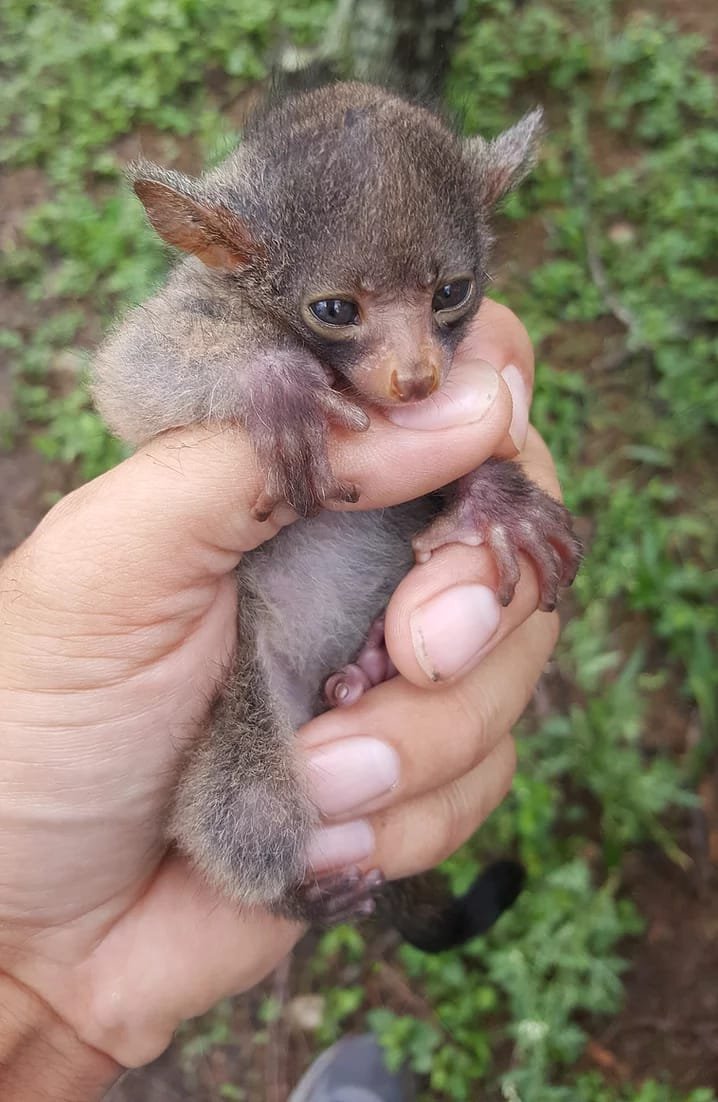
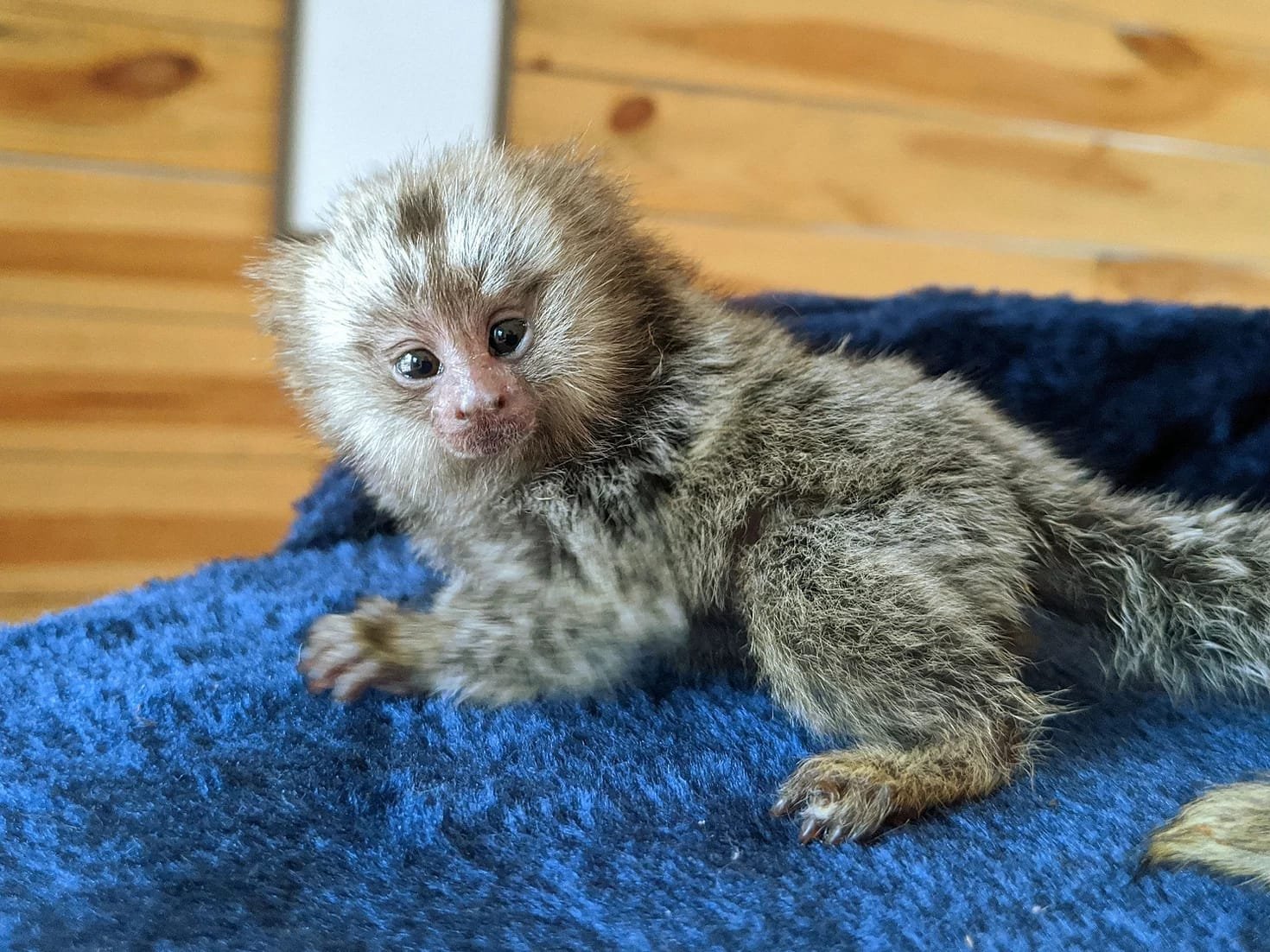

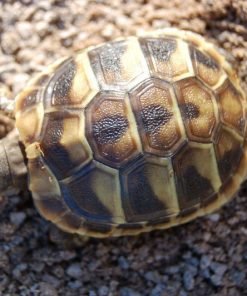
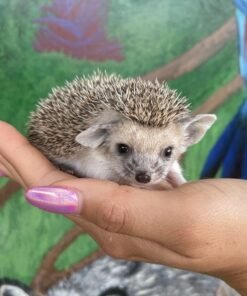
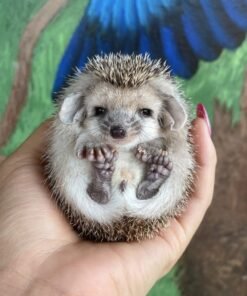

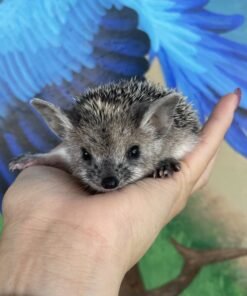
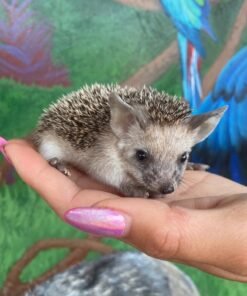


Be the first to review “FEMALE KINKAJOU FOR SALE”